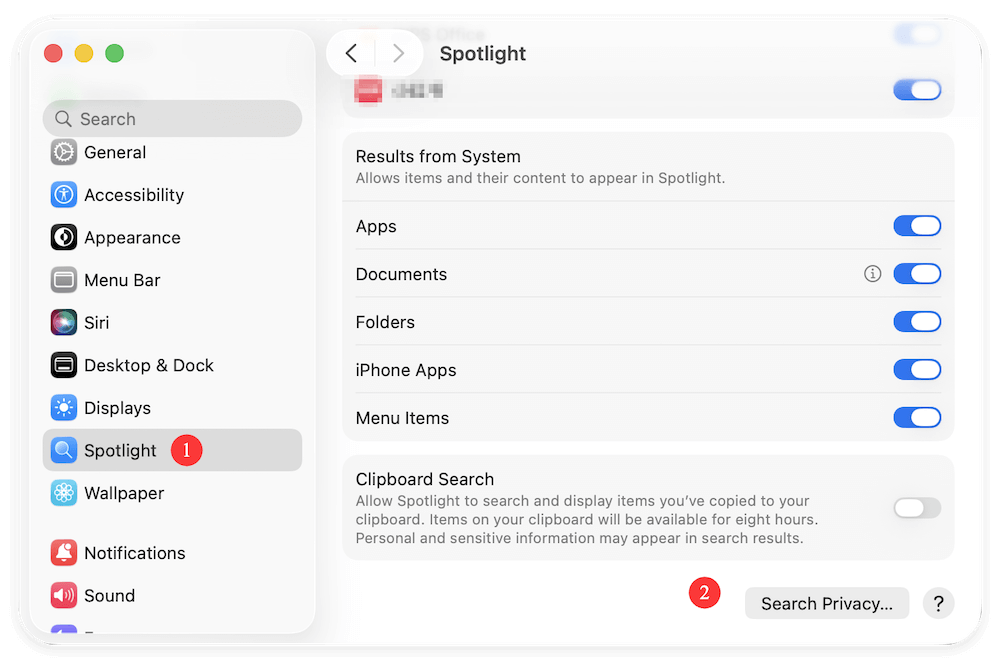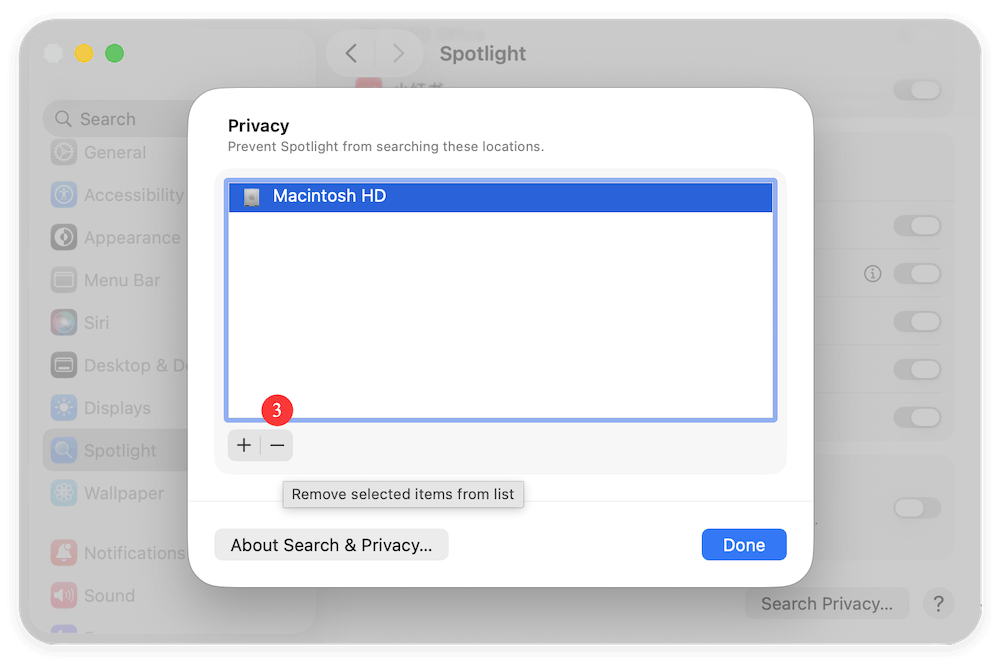Before we start: If the macOS Tahoe 26 is running slow, you can use the professional cleanup and optimization tool Donemax DMcleaner for Mac to help you. The software can deeply scan the Mac to remove the junk, cache and other useless data. Also, it has many other features to improve the Mac performance.
PAGE CONTENT:
Apple's latest operating system, macOS Tahoe 26, has introduced exciting features and enhanced security updates. While many users enjoy the new capabilities, others report that their Macs feel noticeably slower after upgrading. Apps may take longer to open, the system may lag when multitasking, and even simple actions like browsing Finder can feel sluggish.
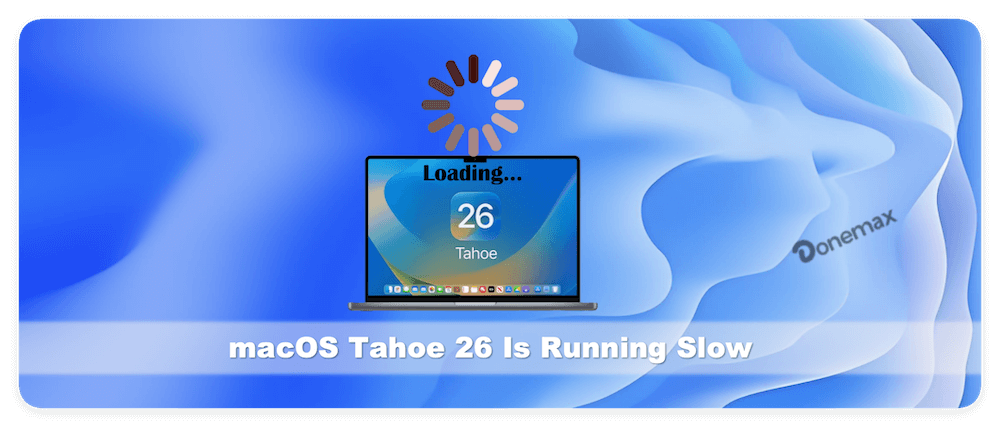
If your macOS Tahoe 26 is running slow, don't panic. Most performance issues are not caused by permanent hardware problems but rather by temporary system changes, resource-hungry background processes, or compatibility issues with apps. In this guide, we'll walk you through step-by-step fixes — starting with quick optimizations and moving to more advanced troubleshooting. By the end, your Mac should be running smoother and faster.
Common Causes of macOS Tahoe 26 Slowdowns
Before diving into fixes, it helps to understand why your Mac might be sluggish:
- Spotlight reindexing: After a major update, Spotlight rebuilds its search index, which can consume CPU and memory for hours.
- Low disk space: macOS needs free space for caching and virtual memory. A nearly full disk can drastically slow down performance.
- Outdated or incompatible apps: Software not optimized for Tahoe 26 may cause system conflicts.
- Background processes: Login items and background apps often eat up resources without you noticing.
- System bugs: Like any new macOS release, Tahoe 26 may have performance-related bugs that Apple later patches.
- Aging hardware: If you're running Tahoe 26 on an older Mac, limited RAM or a slow hard drive can be the bottleneck.
With the root causes in mind, let's move into practical solutions.
Quick Fixes to Improve macOS Tahoe Performance
1. Restart Your Mac
It sounds basic, but a simple restart clears temporary system caches and ends processes that might be stuck. If your Mac feels slow right after the update, rebooting can often restore some performance.
If the issue persists, try restarting in Safe Mode. Safe Mode runs only essential processes, letting you determine if third-party apps are the culprit.
2. Check for Software Updates
Apple frequently releases patches for new macOS versions to fix bugs and stability issues. To check:
- Go to System Settings > General > Software Update.
- Install any available updates.
Also, update third-party apps from the App Store or directly from developers' websites. Outdated apps can conflict with Tahoe 26 and drag down performance.
3. Free Up Disk Space
macOS runs best when you have at least 15–20% free storage space. To manage storage:
- Open Apple Menu > About This Mac > Storage Settings.
- Delete unnecessary files from Downloads, Trash, and old backups.
- Move photos, videos, and large files to iCloud or an external drive.
Apple's built-in Storage Management tool also suggests optimizations, like removing old iTunes backups or enabling “Store in iCloud.”
4. Manage Login Items & Background Apps
Too many apps launching at startup slow down boot times and consume RAM.
- Go to System Settings > General > Login Items.
- Remove apps you don't need to start automatically.
Then open Activity Monitor (Applications > Utilities) and check for processes using excessive CPU or memory. Quit or uninstall resource-heavy apps that you rarely use.
Advanced Fixes for macOS Tahoe 26 Slowdown
If the basic steps don't resolve the lag, try these advanced fixes:
Fix 1. Reset SMC and NVRAM/PRAM
The System Management Controller (SMC) and NVRAM/PRAM store system settings like battery management, display resolution, and startup preferences. Resetting them can fix unexplainable slowdowns.
- Resetting NVRAM/PRAM: Shut down your Mac. Turn it back on and immediately hold Option + Command + P + R for 20 seconds.
- Resetting SMC (for Intel-based Macs): Shut down, then press Shift + Control + Option + Power for 10 seconds. Release and restart.
(For Apple Silicon Macs, just restart — SMC functions reset automatically.)
Fix 2. Run Disk Utility (First Aid)
Corrupt disk permissions or minor drive errors can cause performance issues.
- Open Disk Utility from Utilities via Applications.
- Select your startup disk.
- Click First Aid and run the repair.
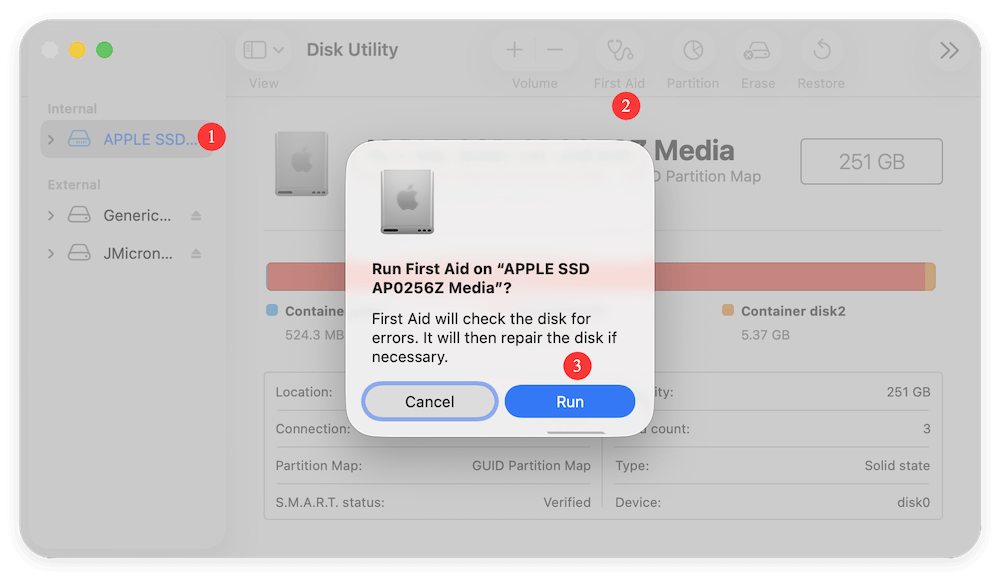
This scans for disk errors and repairs them automatically.
Fix 3. Rebuild Spotlight Index
If Spotlight search is sluggish, it may be stuck in an endless indexing loop. To rebuild:
- Open System Settings > Spotlight > Search Privacy.
![fix macOS Tahoe is running slow]()
- Add your startup disk to the Privacy list, then remove it.
![fix macOS Tahoe is running slow]()
This forces macOS to rebuild the index, which often improves speed once complete.
Fix 4. Clear Cache and Temporary Files
Types of Cache on macOS
- System Cache – Temporary files created by macOS itself. These include logs, preferences, and cached operations that help the system run smoothly.
- User Cache – Data stored by apps under your user account. For example, Safari caches images and site data, while photo editors may cache thumbnails.
- Browser Cache – Browsers like Safari, Chrome, and Firefox store browsing data, which can grow significantly over time.
- Application Cache – Apps like Spotify, Adobe Creative Cloud, or Xcode store cached files to load faster, but outdated caches can cause lag.
How to Manually Clear Cache on macOS Tahoe 26
You can safely delete cached files by following these steps:
- Open Finder.
- From the top menu, click Go > Go to Folder.
- Type:
- ~/Library/Caches/ → for user cache.
- /Library/Caches/ → for system cache.
- Inside these folders, you'll see subfolders for different apps. You can delete their contents, but do not delete the folders themselves.
- Empty the Trash afterward to permanently remove them.
Clearing Browser Cache
If most of your slowdowns happen when browsing the web, clearing your browser's cache and cookies can help:
- Safari: Go to Safari > Settings > Privacy > Manage Website Data → click Remove All.
- Chrome: Go to Settings > Privacy and Security > Clear Browsing Data.
- Firefox: Go to Settings > Privacy & Security > Cookies and Site Data → click Clear Data.
Using Third-Party Tools (Optional)
Apps like Donemax DMcleaner for Mac automate cache cleaning and temporary file removal. While convenient, they sometimes delete aggressively, so use them carefully. Manual cleanup is often safer and gives you more control.
The software offers different tools that can help you clean up the junk data and cache, uninstall unwanted applications completely, remove large and duplicated files, etc.

Fix 5. Optimize System Settings
macOS includes visual effects and background features that can impact speed, especially on older hardware. To optimize:
- Disable unnecessary visual effects under Accessibility > Display.
- Turn off background features like automatic wallpaper changes.
- Adjust Energy Saver settings to balance performance and battery life.
Fix 6. Hardware-Related Solutions
If you're still experiencing slowdowns, your Mac's hardware may be the bottleneck.
- Upgrade RAM: If you multitask heavily, more memory helps your system run smoother. (Note: not possible on all modern Macs.)
- Switch to SSD: If your Mac still uses a traditional hard drive, upgrading to a solid-state drive (SSD) dramatically boosts performance.
- External drive management: Disconnect old or slow external hard drives when not in use — they can cause Finder to lag.
When Nothing Works
If all else fails, there are three last-resort options:
- Reinstall macOS Tahoe 26 – Back up your data using Time Machine, then perform a clean install. This often resolves persistent software-related slowdowns.
- Downgrade to an earlier macOS – If Tahoe 26 doesn't play well with your older Mac, rolling back to Sequoia, or Sonoma may restore performance.
- Contact Apple Support – If you suspect hardware failure (failing SSD, logic board issues), let Apple diagnose the problem.
Preventive Tips for the Future
Once you've fixed your slow Mac, take steps to keep it running smoothly:
- Keep macOS and apps updated: Updates include bug fixes and optimizations.
- Perform regular cleanup: Delete unused apps, large files, and empty Trash.
- Use Activity Monitor: Monitor system resources regularly to spot problems early.
- Avoid unnecessary background apps: Fewer startup items mean faster boot times.
- Back up regularly: Use Time Machine or iCloud so you can reinstall macOS without worrying about losing files.
Conclusion
If your macOS Tahoe 26 feels slow, the problem usually comes down to background indexing, low storage space, or outdated apps. By starting with simple fixes like restarting, freeing up storage, and managing login items — and then moving on to advanced steps such as resetting SMC/NVRAM, running Disk Utility, or reinstalling macOS — you can restore your Mac's performance.
Remember, slow performance after a major update is common, especially while Spotlight finishes indexing or apps update in the background. With a bit of patience and the right optimizations, you can enjoy the new features of macOS Tahoe 26 without sacrificing speed.

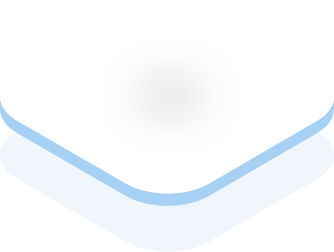
Donemax DMcleaner for Mac
Donemax DMcleaner for Mac is an award-winning Mac cleanup & maintenance tool. It offers over 10 tools to help Mac users clean junk data. It helps speed up a slow Mac. Additionally, it includes a smart switch manager and disk manager for Mac.
Related Articles
- Jul 27, 2025How to Customize Dock on Mac, How to Hide Dock on Mac?
- Aug 12, 2025Fix macOS Tahoe Battery Drain: Complete Troubleshooting Guide
- Jun 18, 2025How to Remove/Hide Macintosh HD Icon on Mac Desktop?
- Dec 16, 20242025 Best 5 Disk Mounter for Mac
- Oct 18, 2024Check Free Disk Space on Mac: A Comprehensive Guide
- Sep 30, 2025Fix macOS Tahoe 26 Download Is Stuck: Step-by-Step Guide

Charles
Charles, who lives in Sydney, Australia, is an editor & writer of Donemax Team. He is good at writing articles related with Apple Mac computers, Windows operating systems, data recovery, data erasure, disk clone and data backup, etc. He loves reading and playing tennis in his spare time and is interested in testing new digital devices such as mobile phones, Macs, HDDs, SSDs, digital cameras, etc.

Gerhard Chou
In order to effectively solve the problems for our customers, every article and troubleshooting solution published on our website has been strictly tested and practiced. Our editors love researching and using computers and testing software, and are willing to help computer users with their problems
